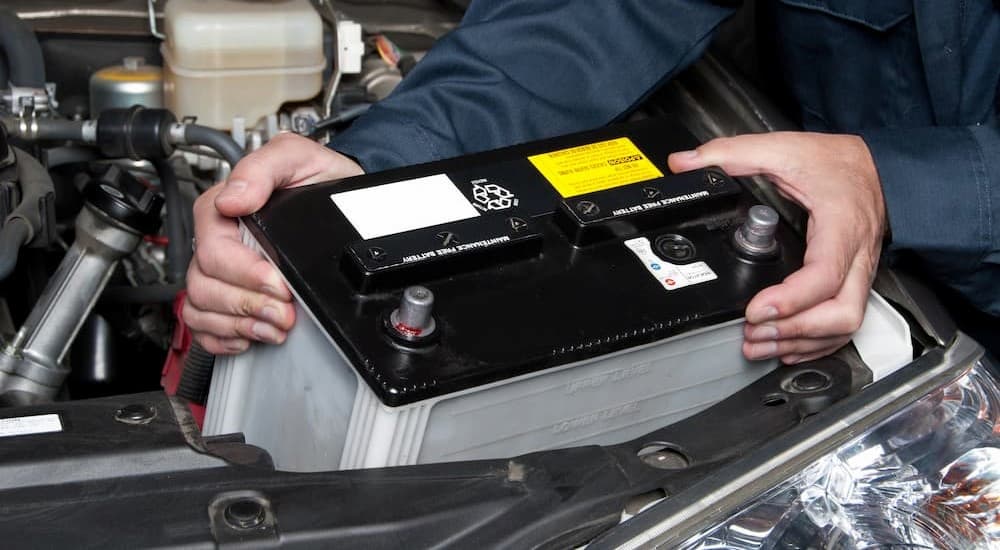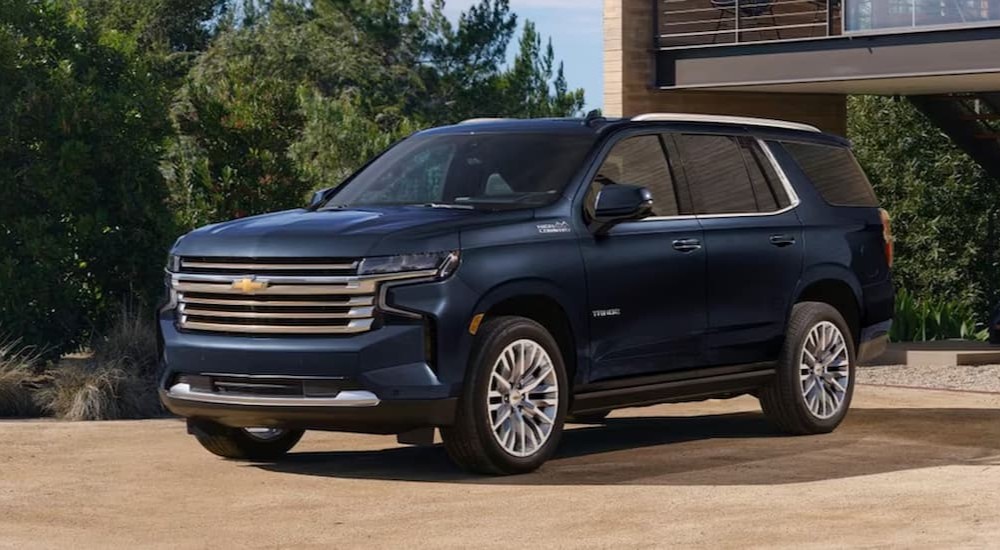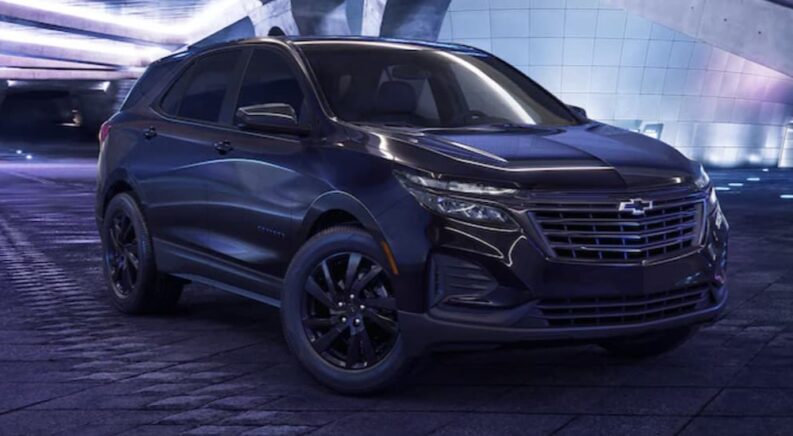When your alarm goes off in the morning, do you immediately head toward the coffeemaker or to the refrigerator for an energy drink or some type of caffeine? This jolt is necessary for many of us to kickstart the morning and is a lot like the jolt vehicles need to start the engine. Usually, we don’t think twice about this jolt of energy, at least not until our car won’t start, and we need the best option for a car battery replacement. Then, the battery that kick-starts your car’s engine becomes a big deal.
But why is the battery in your car so essential if the alternator is another source of power? Moreover, what’s the difference between the battery and the alternator, and how can you tell which one is giving you trouble? Let’s tackle those questions and a few others to gain a better understanding of two of the most essential components of your car, truck, or SUV.

Battery vs Alternator: Purpose and Function
Think of the battery in your car as that first cup of coffee in the morning or that first sip of your energy drink. It’s the jolt needed to kickstart the ignition process and get the engine running. Now, once you’ve had your cup of coffee, maintaining that energy comes down to everything else you put into your body–nutrients, calories, etc. Food sustains that energy throughout the day, which is how you can think of the alternator as it takes over for the battery once your vehicle is underway and on the road.
Car Battery Basics
The battery in your car is responsible for the short, powerful bursts of energy needed to get the engine and accessories running. These jolts are caused by a chemical reaction within the battery cells. So, how does it work?
Most batteries have six cells, each with a lead plate and a lead dioxide plate submerged in sulphuric acid. The acid acts as a catalyst, causing the plates to produce ions, lead sulfate, and hydrogen. This process generates electrons that create the electricity needed for the initial spark that starts your engine and runs accessories like the radio and lights when your engine isn’t running.
Alternator Basics
Car batteries are responsible for kick-starting the ignition process, but they aren’t potent enough to generate and maintain this level of power as you navigate the road. Fortunately, that’s where the alternator takes over by supplying the necessary energy to power everything from the heated seats and radio to the dashboard display, windows, and windshield wipers. But how does it manage such a feat?
While car batteries rely on a chemical reaction, the alternator uses a belt and pulley system to create electrical energy from mechanical energy. Once the engine is running, it engages the alternator via a drive belt and pulley. The pulley rotates the alternator’s rotor, spinning its internal magnets and generating an alternating current. This current is converted into electrical energy, known as direct current, in the rectifier, which actively powers your electrical components and recharges your car battery as you drive.
Signs of Trouble: Car Battery vs. Alternator Issues
Car batteries are often unpredictable, working perfectly one day but not the next without warning. Moreover, there’s no industry-wide standard for how long a car battery will last, with most manufacturers estimating anywhere from three to five years. In contrast, alternators are designed to last longer, typically the life of your vehicle. However, a bad alternator can lead to battery trouble if ignored. How so, and how do you know the difference between battery and alternator issues?
Signs of a Bad Car Battery
The most obvious sign of a bad car battery is an engine that won’t start when you press the ignition button or turn the key. However, sometimes, there are other or earlier indications of trouble. For example, your engine may be slow to start, or the Check Battery light glows at you from the driver dashboard display. Checking under your car’s hood, the battery may look swollen, damaged, or corroded. Sometimes, you may even notice a rotten egg odor, indicating a leak that needs immediate attention.
Signs of a Bad Alternator
A bad battery is relatively easy to notice, but what about a failing alternator? Alternators are designed to last longer, but they can sometimes fail, leading to ongoing battery trouble if incorrectly diagnosed. Why is this the case? A bad alternator forces the battery to start the engine and power the electrical components as you drive, resulting in additional wear and tear on the battery and a shorter lifespan.
Fortunately, alternator issues are relatively easy to spot. The most obvious is a Check Battery light on the dashboard or frequent dead batteries with no discernable issues with your battery itself. Also, pay close attention to your headlights: a failing alternator can cause them to be overly bright or noticeably dimmer. You may also notice the accessories in your car, like the power windows or heated seats, aren’t as responsive or working as they should. Other indicators of trouble include a growling noise from the engine or the smell of burning rubber as you drive.

Car Battery Replacement: Your Options
Let’s say that based on the symptoms listed, you know it’s time to replace your car’s battery. However, before you can do that, you’ll likely need to jumpstart the battery to get back on the road and head to your local dealership and service center. Luckily, jumpstarting your car is straightforward, requiring only jumper cables and another vehicle, whether a friend’s or a kind stranger’s.
Jumpstarting Your Car
With the other vehicle positioned close to your car battery, make sure both engines are off and pop the hood on each vehicle. Then, grab the jumper cables and connect the red clip to the positive terminal on the dead battery, doing the same on the other vehicle before attaching the black clip to the negative terminal on the good battery. On your car, connect the black clip to an unpainted metal surface on your vehicle to serve as a ground, double-checking the connections before the next step. Finally, start the engine on the booster vehicle (the one giving you a jump), letting it idle for a few minutes before trying to start your engine.
In most cases, it only takes a few minutes to jumpstart the battery, but what comes after is critical. Once your car is started, run the engine for at least 20 to 30 minutes to give the alternator time to recharge your battery. Ideally, this is long enough to get to your dealership’s service center for a replacement.
Replacement Options
Jumpstarting your car’s battery is typically a temporary fix that ultimately leads to car battery replacement. Fortunately, replacing your car’s battery isn’t a hassle since most dealerships offer this essential service and can have you back on the road in no time at all. Beyond the convenience of trusting a dealership with the replacement, you also know the proper battery for your model is installed correctly, and you have an expert technician who can look for other issues throughout the process. This expertise instills confidence and peace of mind, helping you get the most out of your car, truck, or SUV every mile ahead.
Final Things to Consider
Can you tell the difference between a bad car battery and trouble with the alternator? Fortunately, both are easy to identify when you rely on your senses and when you’re situationally aware of how your vehicle operates. Since batteries only last three to five years, most technicians start with a basic battery test to assess the battery’s operability before diving deeper into alternator issues. However, if you notice other symptoms that don’t align with a failing battery, then let your trusted technician know so they can pinpoint the problem and put you safely back on the road once the repairs are complete. Sticking to the manufacturer’s service schedule for your vehicle makes all of this a lot easier too, and it can help you find problems before they become bigger issues.

